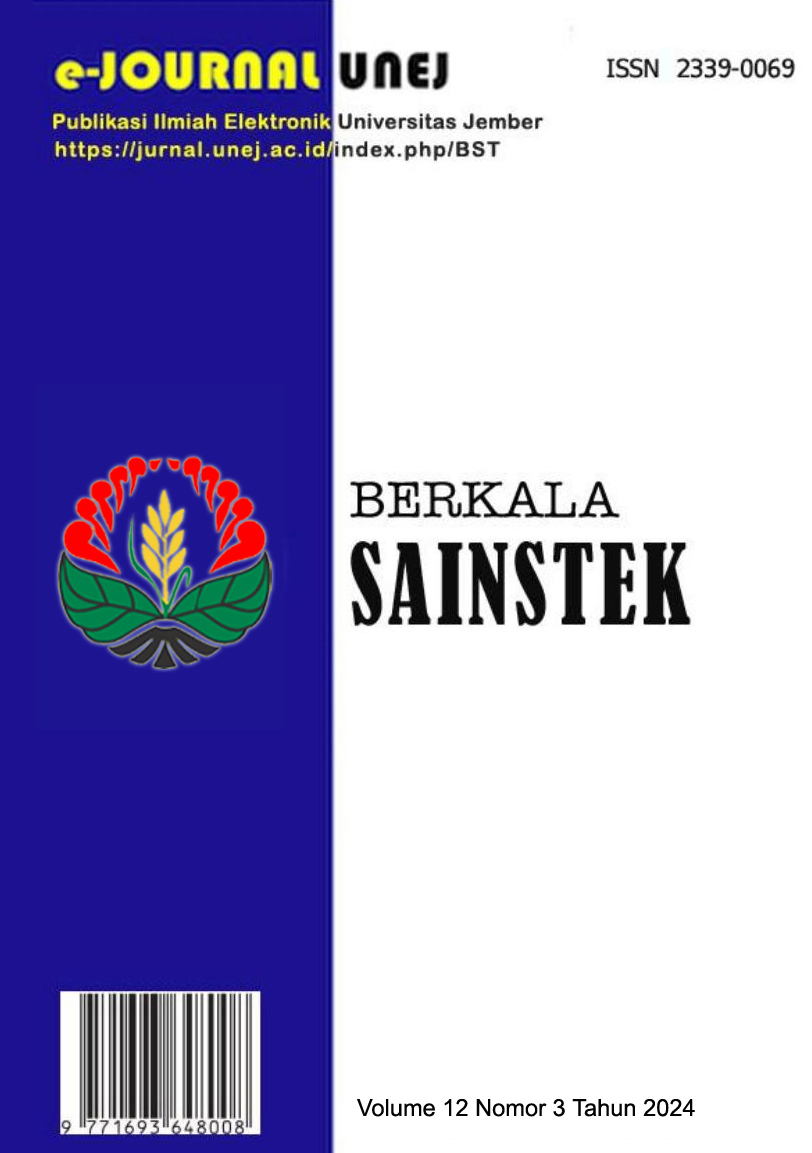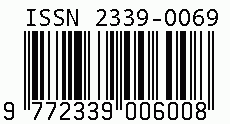Cox Proportional Hazard Model for Analysis of Farmers Insurance Premium Payment Period
DOI:
https://doi.org/10.19184/bst.v12i3.47118Keywords:
Farmers Insurance, Analysis Survival, Cox Proportional Hazard ModelAbstract
The sub-sector of agriculture plays a significant role in the national economic order. The crop failure rate is one of the unexpected risks caused by natural disasters, including drought, pest attacks, and floods. Agricultural insurance has been used as a pilot project in several areas, such as Gresik and Palembang Regencies. This pilot project has not been carried out in many places and cannot be implemented optimally in Jember. Farmer insurance is a transfer of risk due to farming business losses so that the sustainability of the farming business can be guaranteed. Survival analysis is a statistical method for analyzing data with observed response variables in terms of the time until an event occurs. One survival analysis is to determine the factors that cause an event with a response variable, namely using the Cox Proportional Hazard Model. The results of the significance testing obtained the variable that had a significant influence on the model, namely the growing season variable (X4). Then, a hazard ratio comparison was made for the category of cultivation season variables, and the category with the lowest hazard value was selected, followed by the second category, the months of May until August. (X42), This significantly influenced the policyholder’s time spent paying farmer’s insurance premiums.





